No Code by Pearl Jam
Buy No Code In 1996, Pearl Jam created a stoner rock classic with their fourth studio album, No Code. Here, the alternative grunge pioneers branched out with diverse music tracks which incorporated elements […]
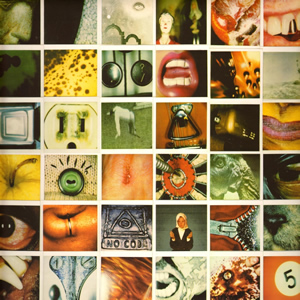
Buy No Code In 1996, Pearl Jam created a stoner rock classic with their fourth studio album, No Code. Here, the alternative grunge pioneers branched out with diverse music tracks which incorporated elements […]
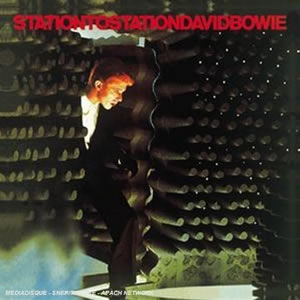
Buy Station to Station His tenth overall studio album, Station to Station was a transitional album for David Bowie. Musically, this 1976 album seamlessly bridges the gap between the glam rock of Bowie’s […]
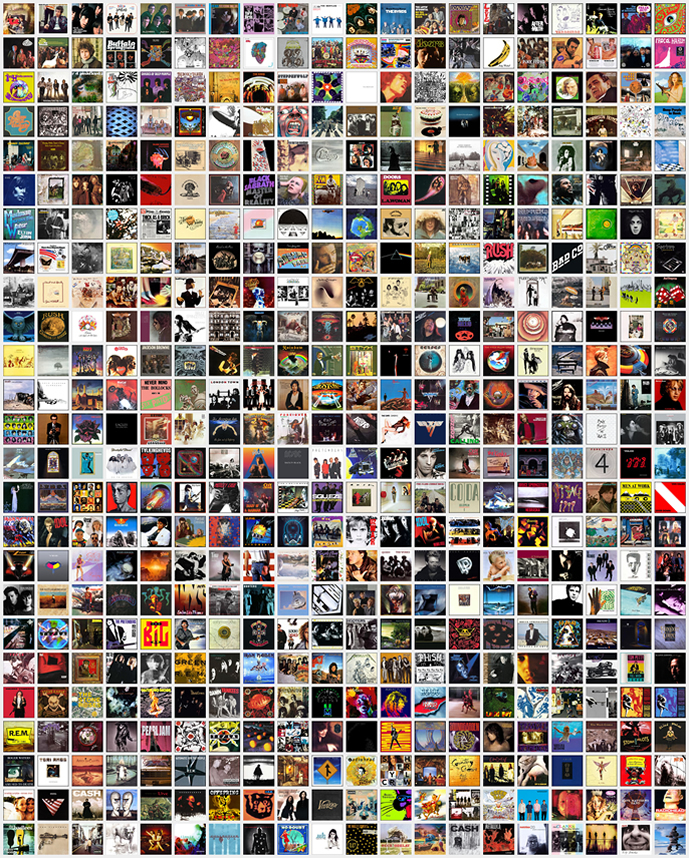
On December 23, 2016, Classic Rock Review published our 500th album review, David Bowie’s Station to Station. This milestone dates back to our inception on January 1, 2011 and includes in-depth reviews of […]
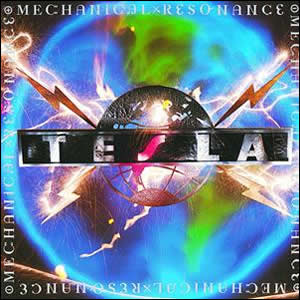
Buy Mechanical Resonance Mechanical Resonance is the 1986 debut album by hard rock quintet Tesla. The original album sides were distinctive in approach, with the first side containing garden-variety hair-metal anthems complete with […]
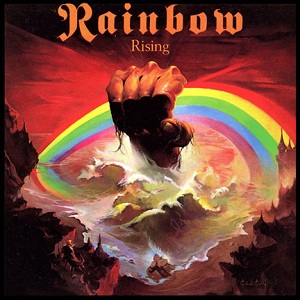
Buy Rising Rainbow returned with a revamped lineup and fresh approach for the group’s second studio album, Rising. The record is comprised of six solid compositions which are comparable to the material the […]